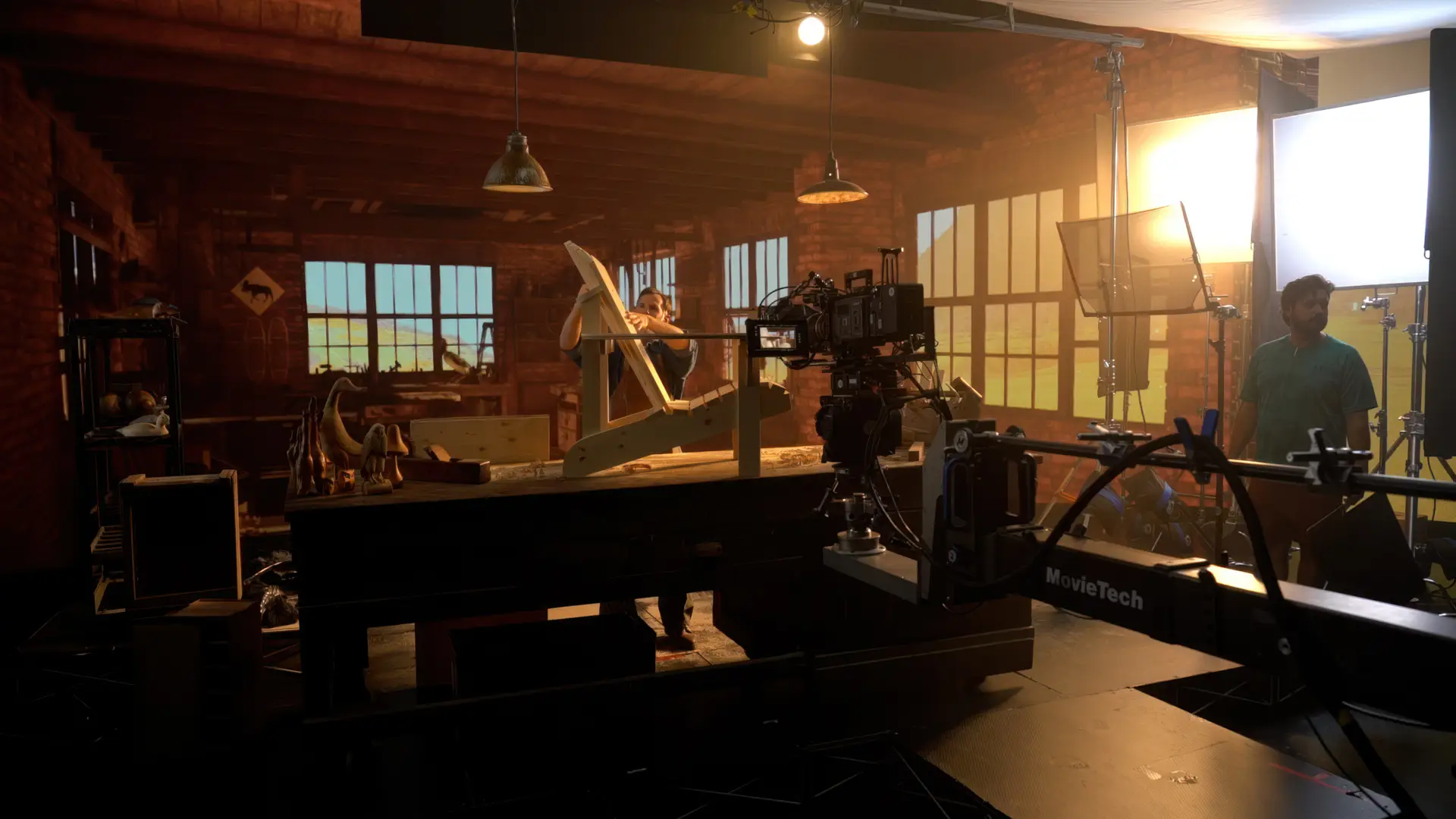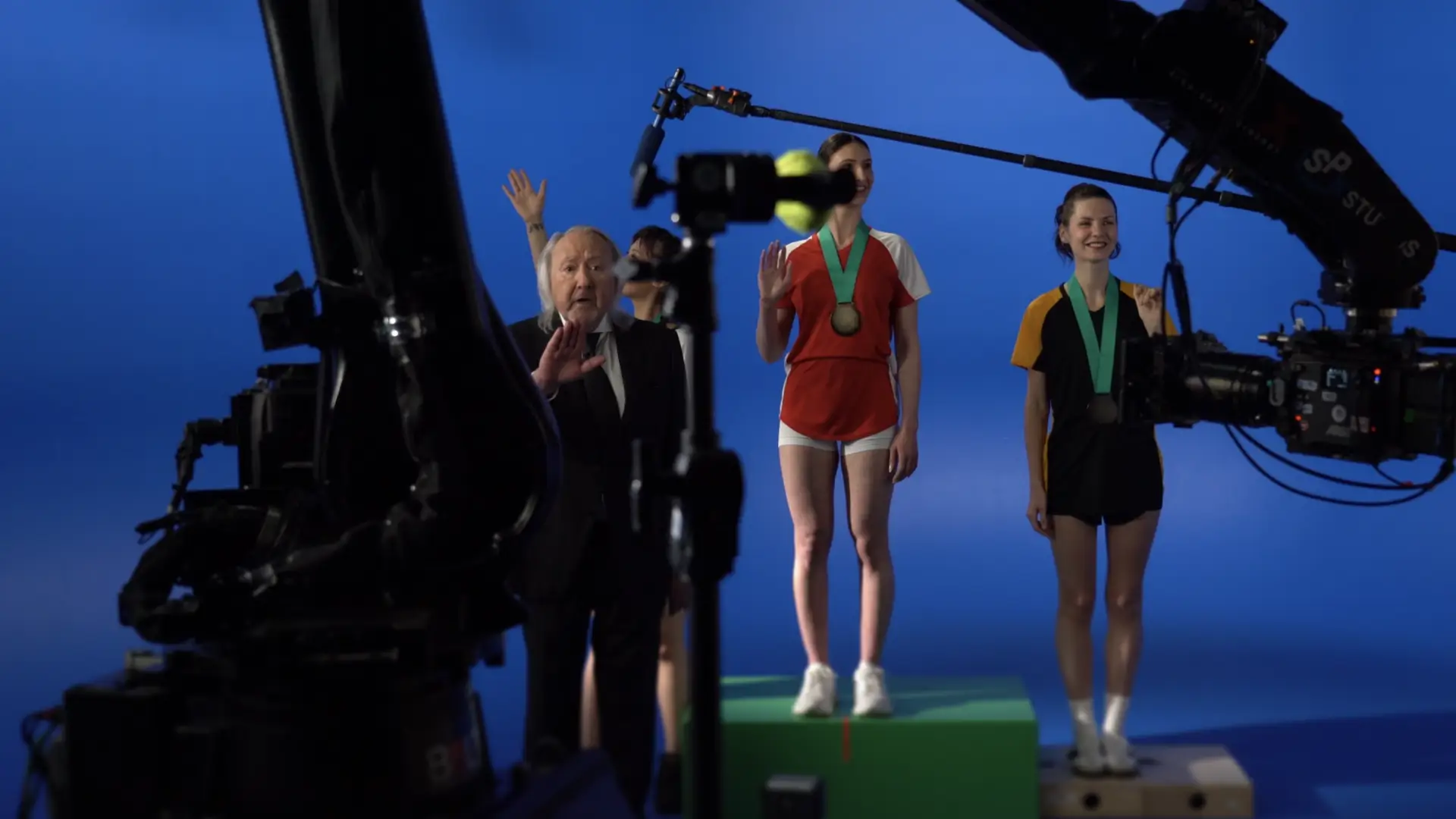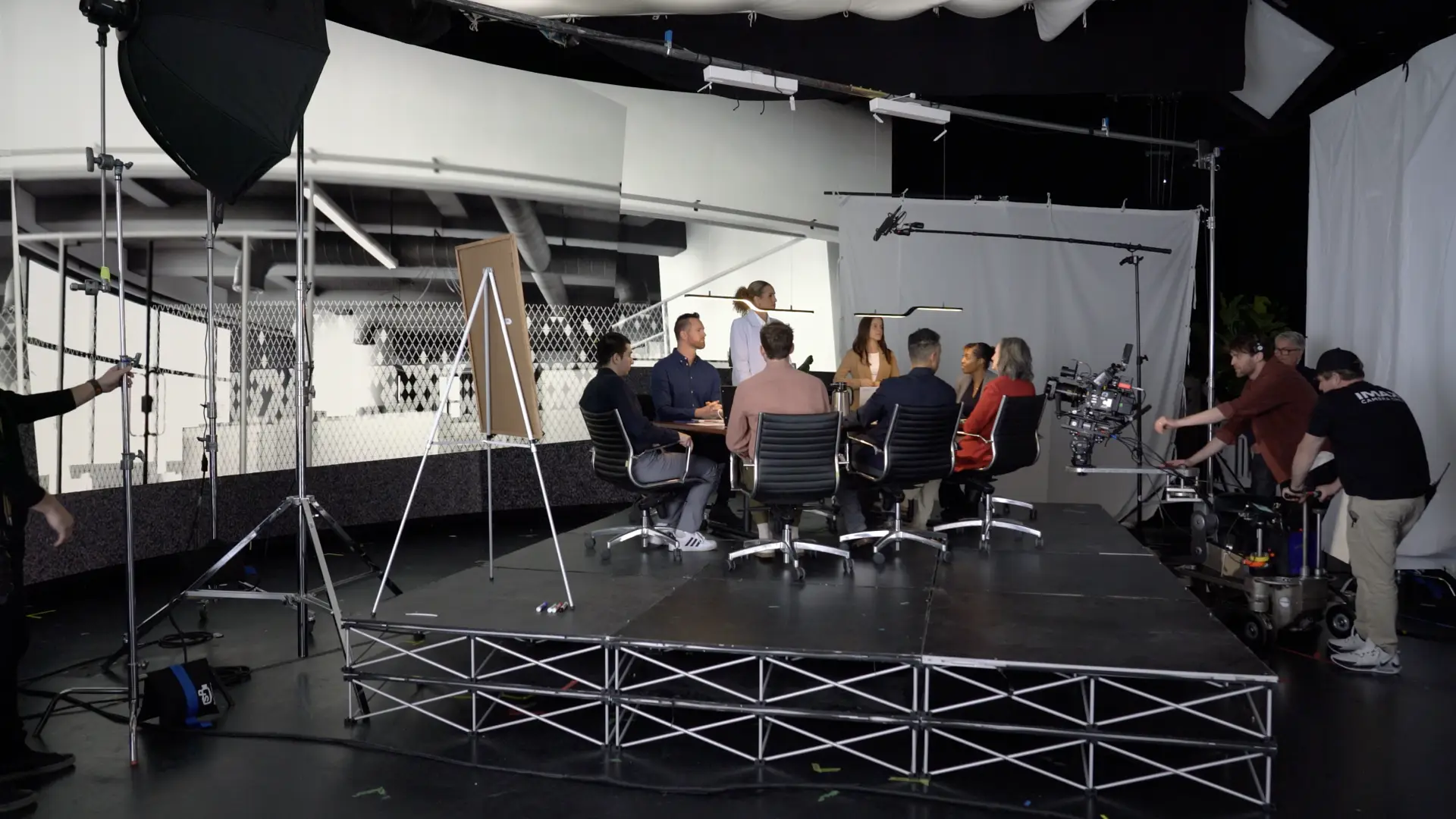
It is helpful to define the meaning of this contrast before getting into the details. Depending on the production's budget, workflow, and artistic objectives. The green screen filmmaking and LED wall production both aim to create virtual worlds. Here you can see the definition of each one:
The choice between the LED stage vs chroma key is not about which is better at all. The optimal approach or even a combination of the two depends on the type of prediction. Whether it is a corporate event, music video, commercial, or streaming series. Also, it features a film, as each format requires different planning.
Filmmakers have new tools every generation, which changes the storytelling. The development of LED volume production is another significant change.
The crucial question for filmmakers, producers, and companies is clear. Which offers the best mix of cost, realism. And efficiency when comparing LED volume vs green screen? A car commercial may gain from LED stages that capture reflections in the camera. A corporate video might be better served by cost-effective green screen studio services.
Massive LED walls and sometimes floors and ceilings as well. It uses in LED volume production to project immersive virtual worlds in real time. Directors take final shots in front of the camera. Rather than with actors against a blank backdrop.
Real-time rendering software, such as Unreal Engine, is the foundation of this configuration. Because it generates digital environments and synchronizes with camera movements. The viewpoint on the LED screen changes in response to the camera’s pan, tilt, and dolly movements, creating the impression of depth. Well-known shows like The Mandalorian have used this technology for realistic backgrounds.
For many years, chroma keying, another name for green screen filming. It has been an integral component of the business. A green backdrop uses when filming actors. Digital elements, from basic graphics to whole animated worlds. It replaces that background during post-production.
It is a simple and highly flexible method. While huge shows can use a point or chroma cloth to cover the entire stage. A portable green screen can be put in a small studio. Shooting clean plates in uniform lighting and letting the visual effects. The specialists combine the necessary backdrops later is a simple procedure.
Understanding the difference between LED volume and green screen. It is essential for choosing the right approach for your production. The table below summarizes the main differences across workflows, lighting, performance and coast:
Green screens continue to be useful for adaptable, budget-conscious productions. These distinctions show why LED stages perform better in projects. That needs realism and quick turnaround. The project's unique creative and logistical requirements will determine which tool is the best.

Whether to use an LED volume or a green screen depends on the type of production. The budget, tempo and visual fidelity required for music. And also videos, TV series, films, events, and promotions and commercials vary. The director and producer can decide the strategy that best suits their production. If they have a film understanding of how each technology functions in these situations.
LED wall production creates cinematic realism for high-budget blockbusters. While reducing set construction and travel costs. For action, fantasy, and science fiction films with imaginative universes, it is perfect.
Green screen, however, is still useful when extensive animated integration is needed. Particularly for intricate battle scenes or creature work, where post-production flexibility is crucial.
Speed is necessary in the fast-paced world of streaming. Without having to wait months. While LED stages enable episodic shows to fast capture surroundings. But for low-budget dramas, sitcoms, and lifestyle programs. Where digital sets are simple and turnaround able to be met, green screen filmmaking is more possible.
Virtual production for commercial is becoming more and more popular among brands. Particularly when exotic or international backdrops require. It is quicker and often less expensive to film a vehicle commercial in front of an LED wall. It displays realistic cityscapes than sending teams overseas.
In contrast, smaller ads with a minimalist or stylised background. Like a branded colours wash or animated graphic environment. It is better suited for green screen studio services.
Music videos thrive on visual experimentation. It enables surreal worlds with practical effects in real-time prediction with LED stages. It lets directors capture unique looks without months of post.
At the same time, green screen remains a favorite in this space. It allows artists to mix in full animated or strange visuals. Sometimes more cost-effective for budgets.
Both live and virtual audiences influenced by the immersive worlds. LED walls produce for high-profile premieres, conferences, or product previews. Also, green screen is much more accessible and offers a great return on investment. For regular training films, webinars, or executive messaging. Without the need for specialised infrastructure.
Although the volume of LEDs has many benefits, there are drawbacks. Many people want to know the pros and cons of LED volume production. This overview can help procedures weigh. Whether the investment in LED volume production aligns. With their project goals and resources. Key points are summarised in the table below:
Despite the LED volume production offering the best realism and efficiency on set. Projects with a vital budget and specialised staff are the ideal candidates. Due to their high expenses and technical requirements. Green screen technologies could be more flexible and cost-effective for smaller projects.
The pros and cons of green screen cinematography should measure. Filmmakers utilised this method before. Here is a table with all the information:
This comparison demonstrates how to strike a balance. Between the technical and performance difficulties required and cost savings and creative freedom.

Industry voices in stages emphasize that LED stages and green screens aren't rivals. They are complementary tools, each with strengths depending on the project's needs. Professionals have discussed their experiences as follows:
These observations highlight the fact that the choice is to well use both approaches. Rather than choose one over the other. A lot of productions take a hybrid approach. It uses green screens for more coverage and LED stages for important parts. By knowing when and how to mix these technologies. You can increase productivity and create an effect.
The quicker answer is no, but the balance will shift. Filmmakers now have more possibilities than ever before. For combining instruments to realise their creative vision, thanks to technological advancements. Hybrid workflows are becoming the norm. For secondary coverage, productions may switch to green screen after shooting vivid close-ups in LED:
The future suggests integration — using each instrument. It provides the greatest benefit, rather than a replacement. Productions can get greater visual fidelity. It preserves creative flexibility and increases efficiency by adopting hybrid methodologies.
There is no general applicable solution. When deciding between green screen vs LED walls for commercials, movies, or events. Which is better, LED volume or green screen? Depending on the needs of the project, both methods provide special benefits. When speed, realism, and immersion are top concerns. LED volume manufacturing performs well, particularly for larger-scale projects. When post-production control, flexibility and cost are important considerations. Green screen filmmaking is the best option.
The best strategy is not about which approach is superior in general. But rather which fits the creative objectives and limitations of the project. In the future, green screen and LED volumes will still have an impact on the visual story. But the distinction between the two will become more hazy as technology advances.